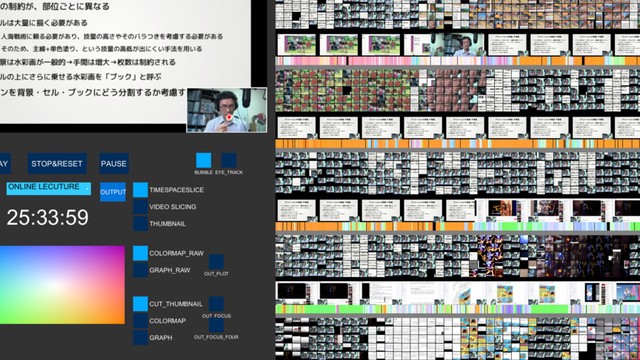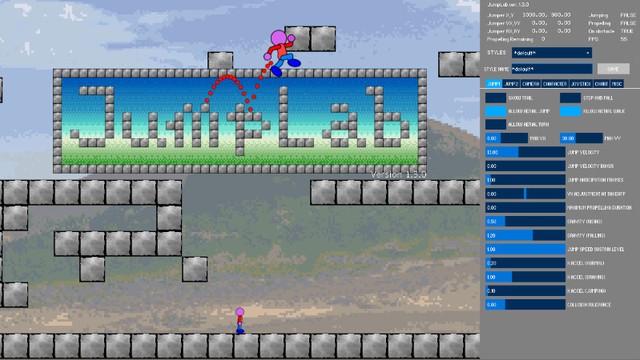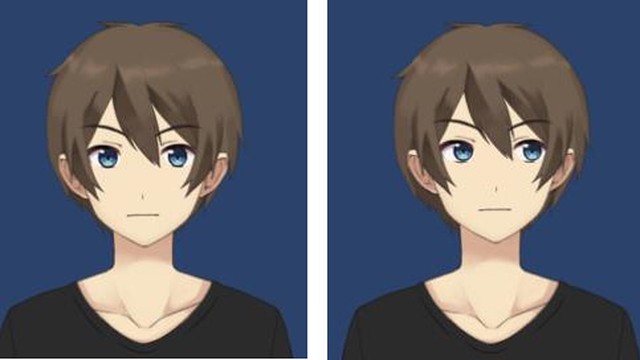Welcome to Fukuchi Laboratory
This is the page of Fukuchi Laboratory of Department of Frontier Media Science, School of Interdisciplinary Mathematical Sciences, Meiji University.
Our laboratory researches and develops fundamental technologies for interactive media that support multisensory playful experiences that promote health and well-being.
We explore how we use media to understand our world, communicate with others, and improve our lives. For example, we use tools to gather information about our surroundings, create visuals to share our experiences, and move our bodies in ways that benefit our health and happiness.
Recent News

Oral Presentation at 3D Media Technology Research Group (3DMT)
Fukuchi Lab presented one oral presentation at the 3D Media Technology Research Group (3DMT) held at NHK Science & Technology …

Research Presentation on JumpLab at ICEC2025
At the international conference ICEC2025, we presented research on the educational tool “JumpLab” for game development.

Two Oral Presentations and Poster/Demo Presentations at EC2025
At EC2025, Fukuchi Lab delivered a total of four presentations: two oral presentations and two demo and poster presentations.

Oral Presentation at the 110th CSEC and 60th SPT Joint Conference
At the 110th CSEC and 60th SPT Joint Conference, Fukuchi Lab delivered one oral presentation.

Research Presentation on Gaze Tiling at ETVIS 2025
Our research on the gaze analysis tool “Gaze Tiling” was presented at the international workshop ETVIS 2025 and received an …

Four Demo Presentations at Interaction 2025
The Fukuchi Lab presented four demo presentations at Interaction 2025.
Recent Projects
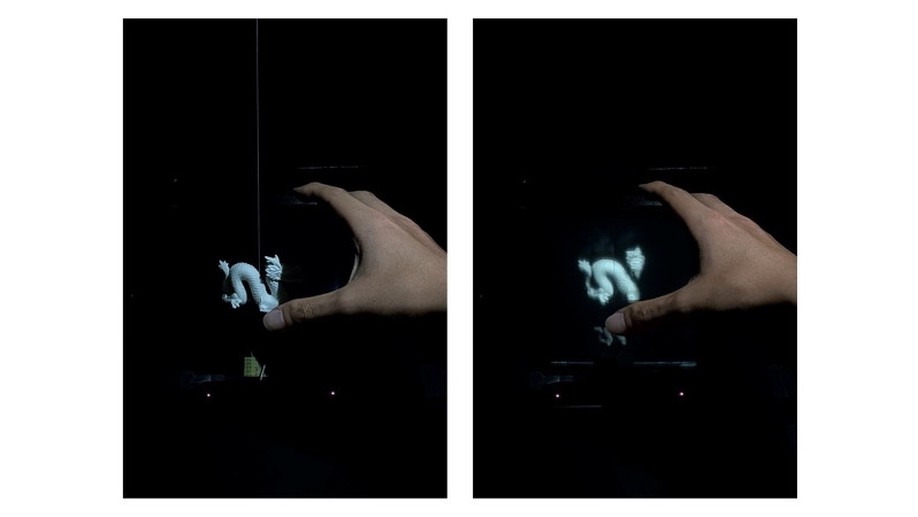
Aerial Stereoscopic Images Reflecting the Real Optical Environment
We propose a method to enhance the realism of aerial images by applying shading that reflects the real optical environment to an aerial stereoscopic display that presents 3D CG in mid-air using AIRR and a stereoscopic display.

Imperceptible Assist
Developed an assistive technique that imperceptibly supports player operations and experimentally evaluated its effectiveness and imperceptibility.
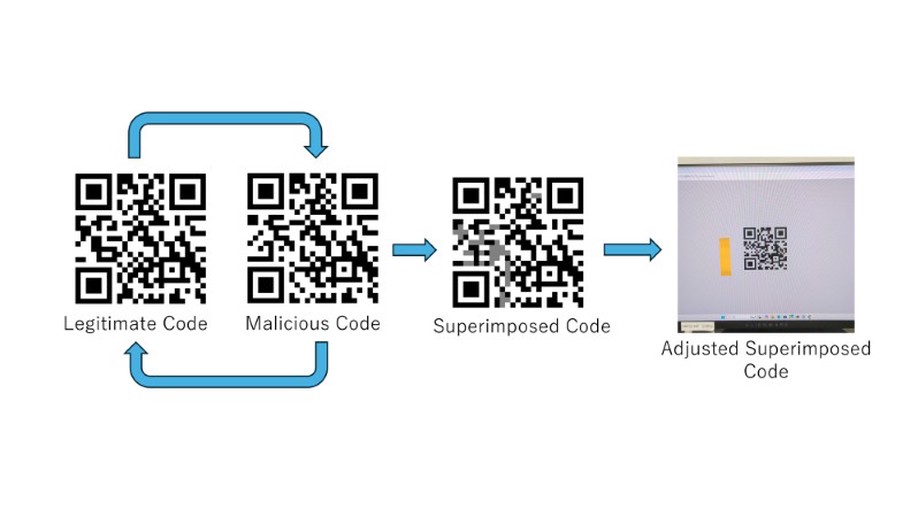
Superimposed QR Code Attack Using High Refresh Rate Displays
We propose a novel attack method using disguised QR codes using high refresh rate displays. By alternately displaying two QR codes rapidly at 120Hz or higher, they appear as a single code to the human eye while probabilistically allowing cameras to recognize either of the two codes.
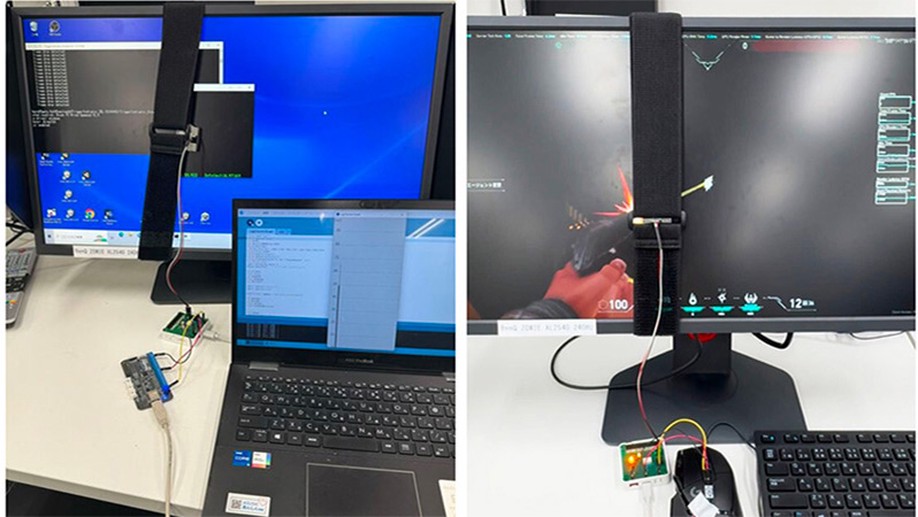
Input/Output Delay Evaluation Tool for Experimental Systems
Research investigating delay measurement in computer input/output environments and the impact of delays that should be considered when designing experimental systems, aiming to improve the accuracy of HCI research and cognitive science experiments.
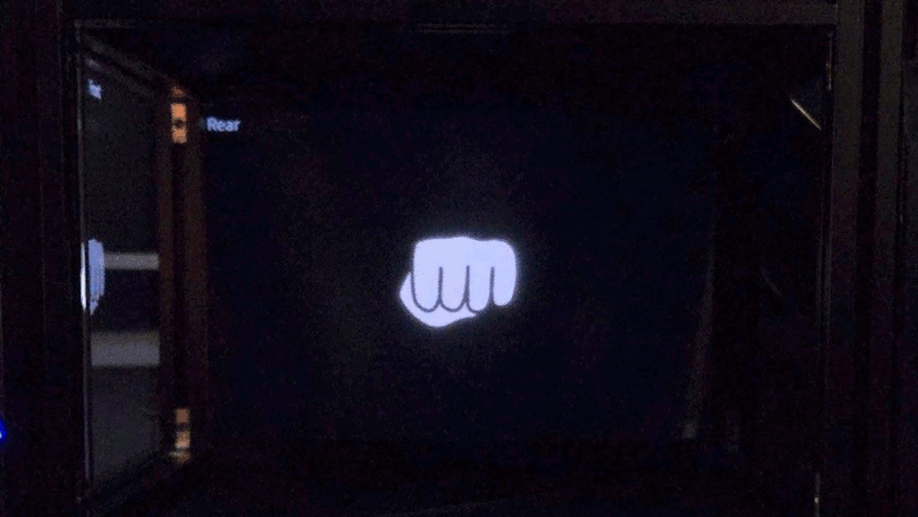
AIRR + DFD
We developed a method to display aerial images with a pseudo sense of depth for stage performances using AIRR and DFD technologies. This creates the illusion that images are moving from the back of the stage toward the front.
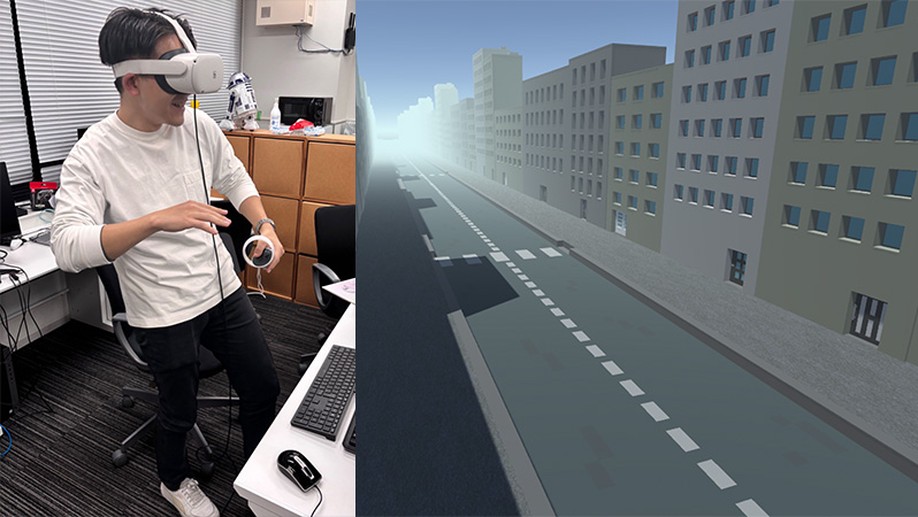
Groovy Walking
We proposed and evaluated a system that aims to reduce VR sickness by using rhythmic head movements as walking input in a VR environment with a head-mounted display.

Prochronism of Drawing
A system that displays parallel timelines for each region in digital illustration timelapse videos, supporting efficient understanding of the drawing process.

AIRR table
A table-type device that projects 3D images in mid-air using aerial imaging technology (AIRR) based on retroreflection. Shadow-based interaction techniques enhance the sense of reality of the images.
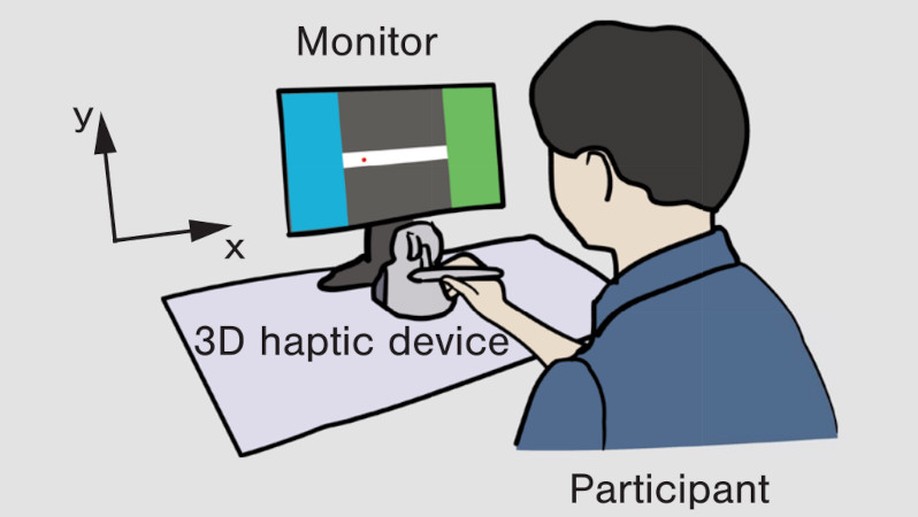
Visual background information modulates motor contagions in humans
This study investigates how visual background context modulates motor contagions. In a hand-steering task, congruency between observed cursor motion and channel shape altered contagion strength, suggesting that background cues influence implicit motor learning.


